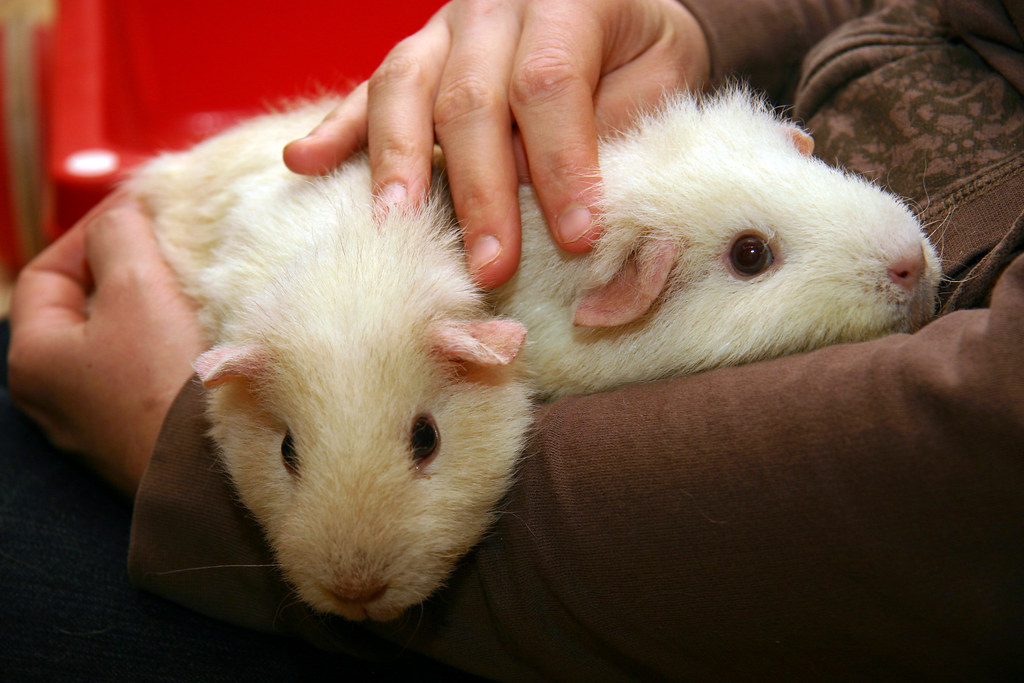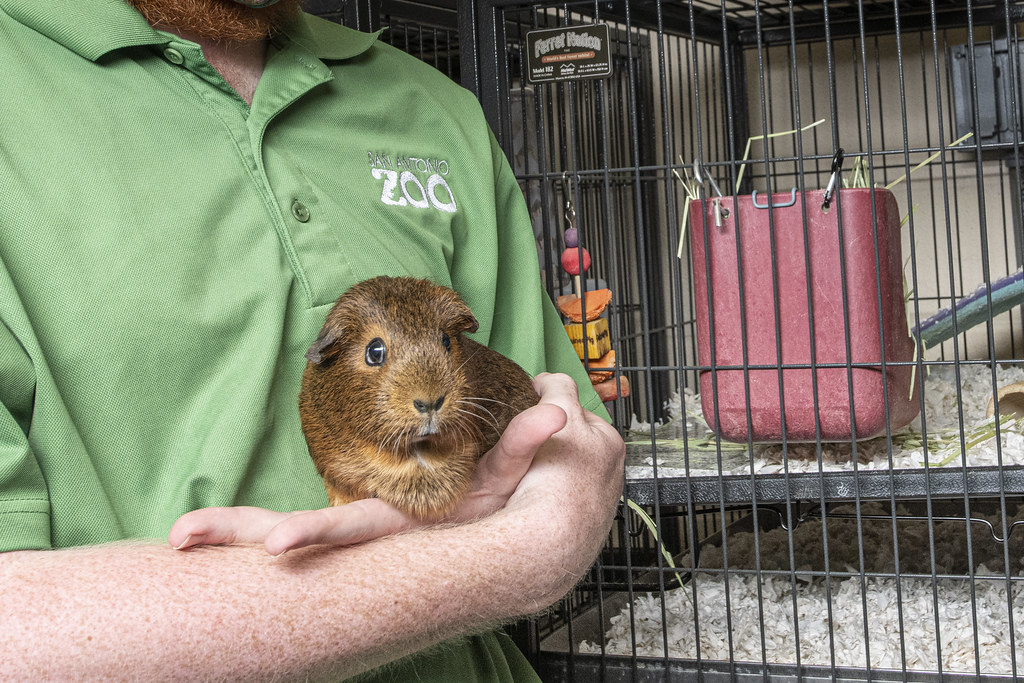Introducing pets into the classroom can be an excellent way to cultivate empathy, responsibility, and an interest in biology among students. Guinea pigs, known for their calm demeanor and relatively easy care, are often considered a popular choice for classroom environments. These small, furry animals not only provide entertainment but also help students develop observational skills and respect for living creatures. By taking care of a guinea pig, students can gain practical knowledge about daily routines, cleanliness, and nutrition. However, before deciding to bring a guinea pig into the classroom, it is crucial to thoroughly consider its potential Guinea Pigs in the Classroom: Pros & Pitfalls.
While guinea pigs can significantly enhance the educational experience, their presence also brings certain challenges. Factors such as adequate space, proper care, and potential allergies must be carefully considered. They can serve as a realistic educational tool for students, teaching them to apply biological textbook knowledge in a practical setting. Ensuring the animal’s health and happiness is a significant responsibility that needs to be shared between teachers and students. By considering all aspects and developing a well-thought-out plan, having Guinea Pigs in the Classroom: Pros & Pitfalls can be a rewarding and positive experience.

This discussion will highlight various facets of keeping guinea pigs in an educational setting.
- Advantages of Having Guinea Pigs in the Classroom
There are several educational and emotional benefits to having Guinea Pigs in the Classroom: Pros & Pitfalls: Development of Responsibility: When students are given the responsibility of caring for a guinea pig, they learn to be responsible by feeding it, cleaning its cage, and meeting its needs. This fosters qualities of time management and care for others. Increased Empathy and Compassion: By caring for an animal, children learn to be empathetic. They understand that animals also have feelings and how important it is to ensure their comfort. This cultivates compassion, which is essential in social life. Use as Educational Material: Guinea pigs can serve as a living example in biology. Students can gain practical knowledge about animals by observing their behavior, feeding habits, sleep patterns, and social interactions. This creates opportunities to discuss the diversity of the animal kingdom and their environment. Emotional Support and Stress Reduction: According to some studies, having pets in the classroom can help reduce student stress and create a positive environment. The presence of a guinea pig can foster a calm and friendly atmosphere in the classroom. Increased Attendance and Interest: A classroom pet can boost students’ interest, encouraging them to attend school regularly. It generates a positive attitude towards the classroom and makes them more attentive to their education. - Disadvantages of Having Guinea Pigs in the Classroom
Alongside the advantages, there are some significant disadvantages or challenges associated with Guinea Pigs in the Classroom: Pros & Pitfalls: Care and Maintenance: Guinea pigs require regular care, including daily food and water, routine cage cleaning, and monitoring their health. This demands extra time and effort from teachers or students. A major question arises concerning who will care for them during holidays or outside school hours. Health and Allergies: Some students might have allergies to guinea pig fur or their droppings, which can cause asthma or skin problems. This is a serious issue that could make their presence in the classroom difficult for certain students. Other health risks, such as the potential for zoonotic diseases (though rare with guinea pigs), also exist. Cost: There’s an initial cost for purchasing guinea pigs, their cage, food, bedding, and toys. Additionally, veterinary expenses and other emergency needs may arise. Meeting these extra costs within the school budget can be challenging. Space and Environment: Guinea pigs require adequate space where they can move freely. The classroom environment might be too noisy or stimulating for them, which could negatively impact their health. Ensuring a safe and calm environment for them is crucial. Lifespan and Emotional Impact: The average lifespan of a guinea pig is typically 5-7 years (not 3-5 years as previously stated). Students can form a strong emotional bond with them, and when a guinea pig passes away, it can be a sad experience for children. Preparation is necessary to handle this emotional situation. - Considerations Before Making a Decision:
Before deciding to bring Guinea Pigs in the Classroom: Pros & Pitfalls, detailed discussions should be held with all teachers, students, parents, and school authorities. It is crucial to create a detailed plan that includes clear guidelines on guinea pig care, associated costs, potential allergies, and holiday arrangements. It must be ensured that a safe, healthy, and suitable environment is available for the guinea pig.

Having Guinea Pigs in the Classroom: Pros & Pitfalls can be an excellent educational experience, but it requires thorough planning, responsibility, and preparation to address potential challenges. If proper measures are taken, considering all aspects, students will not only learn science but will also grow up with a love and empathy for animals.
What are your thoughts on involving students directly in the planning process for a classroom pet?

1 thought on “More Than a Pet: Navigating Guinea Pigs in the Classroom”